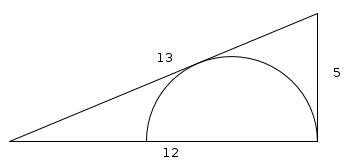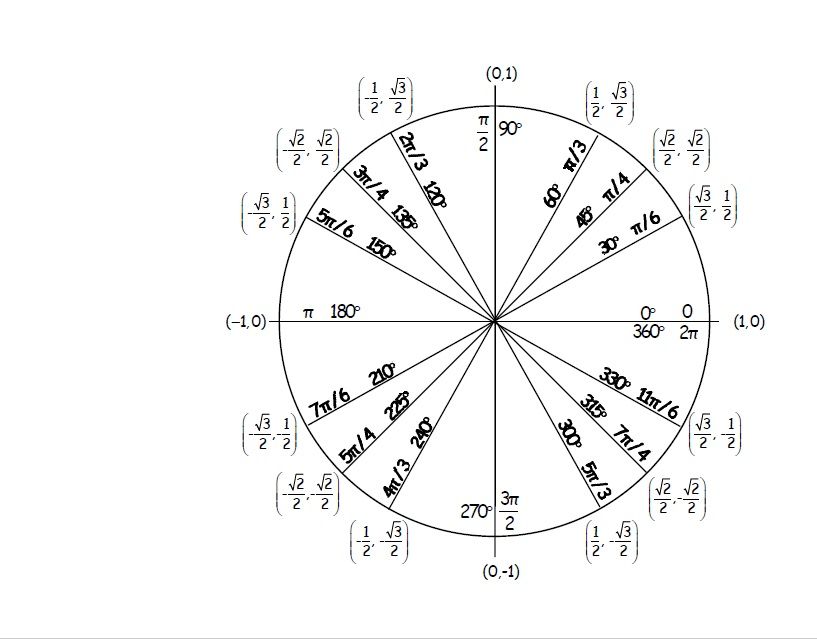

For the domain under investigation centered over Germany, the LPI projects a decrease of \(4.8\%\) in flash rate by the end of the century, in opposition to a projected increase of \(17.4\%\) as projected using the CAPE \(\times\) PREC parameterization. Based on this satisfactory evaluation, we used the LPI to a climate change projection under the RCP8.5 scenario. The LPI outperforms the CAPE \(\times\) PREC parameterization in all applied diagnostics. Besides, the simulated temperature dependence of lightning reflects the observed dependency. The LPI’s implementation into the regional climate model COSMO-CLM successfully reproduces the observed lightning climatology, including its latitudinal gradient, its daily and hourly probability distributions, and its diurnal and annual cycles. The LPI output is compared to output from a simpler flash rate parameterization, namely the CAPE \(\times\) PREC parameterization, applied in a non-CPM on a coarser grid. This setup takes advantage of the explicit representation of deep convection in CPMs and allows for process-oriented LPI inputs such as vertical velocity within convective cells and coexistence of microphysical hydrometeor types, which are known to contribute to charge separation mechanisms.

This study addresses the latter issue by implementing and applying the lightning potential index parameterization (LPI) into a fine-grid convection-permitting regional climate model (CPM). Lightning climate change projections show large uncertainties caused by limited empirical knowledge and strong assumptions inherent to coarse-grid climate modeling.


 0 kommentar(er)
0 kommentar(er)
